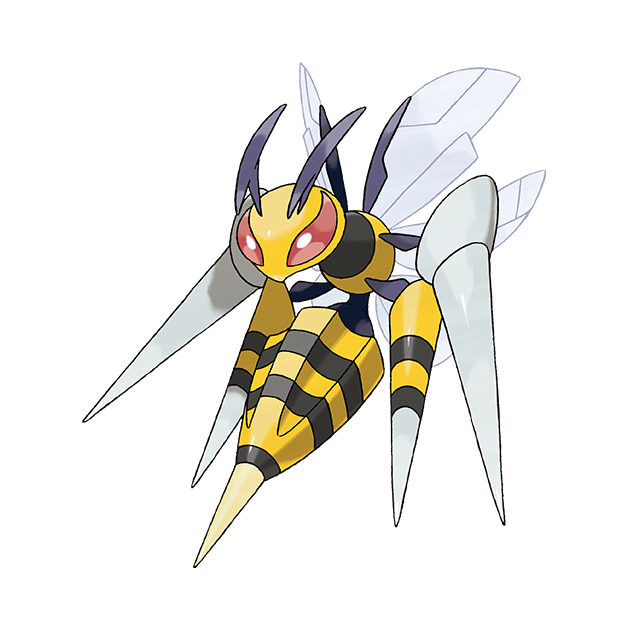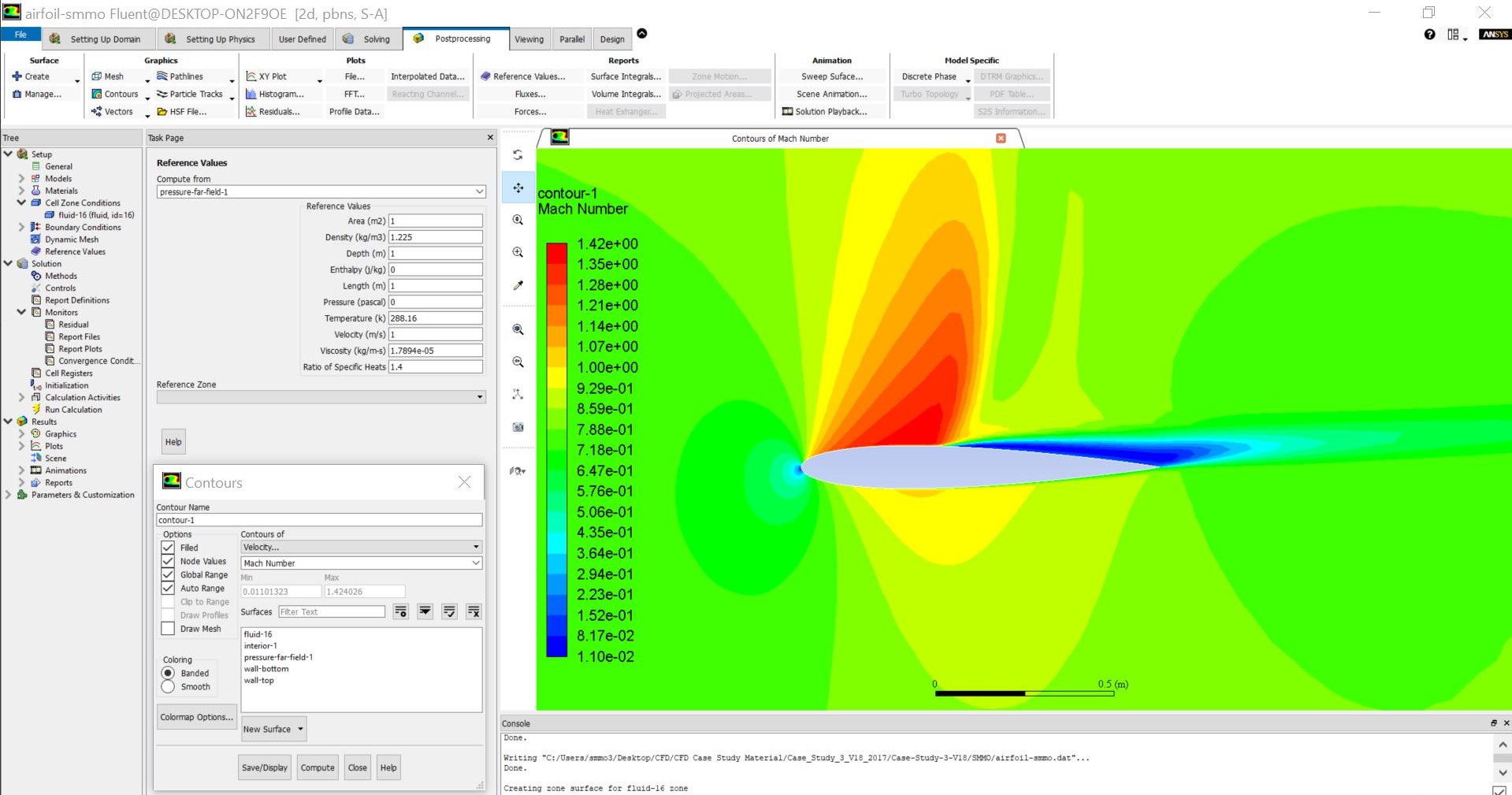A few weeks ago (on March 11, specifically) I took the ASME certification exam for an intro course to computational fluid dynamics (CFD), which was taught with ANSYS Fluent as the solver/software of choice. This was an important milestone for me because it served as an official demonstration of prerequisite knowledge required from my employers before I would be able to start some basic simulation work with CFD. I had initially done some scoping and studied up a little while also scouring the CFD community for some good tutorials and software/hardware recommendations (as evident in one of my previous posts), but having an official certificate from ASME now helps to validate my assertions.
What exactly did the course cover anyway, then? Although it started with a very quick review of some key equations in fluid mechanics and heat transfer and briefly touched upon pre-processing in terms of discussing meshing, the main course itself focused on solving CFD case studies that have already been pre-processed and applying appropriate post-processing to the results after calculation. The pace, therefore, started to pick up very quickly–and before I knew it, the latest bits of the course were delving into topics such as the appropriate selection of turbulence models and the correct methods for modeling radiation and convection while reminding learners like me to consistently check the validity of our studies using solution monitors and residual charts. The most challenging aspects of the course for me were:
- The modeling of radiation and natural convection.
- The modeling of flow through a rotating machine (with the given example case study being a blower fan)–primarily because I had to take some time learning to get used to rotating reference frames.
- Having to check meshing grid resolution/quality by doing things like plotting the distribution of y+.
It all worked out in the end though, I guess. To further continue my fledgling CFD career, I’ve been taking a deep dive into the literature recently (and learned a lot in the process)–but because I’d like to shorten my posts a little bit, I’ll be posting more on that later. The content is very dry and technical anyways, so it might be better to post all that at a later time while finishing up on some portfolio updates.
The syllabus for the course I finished is provided here for reference. It is a fairly expensive credential at nearly $600 for ASME members, but as aforementioned, the skills I learnt along with the projects I’ve been able to work on because of this are paying off very well for me so far. Please let me know if you’d like to learn CFD as well (or just scope out what the whole deal with CFD is for a little bit), as I may be able to point you in the right direction for some resources.
-Shwe

